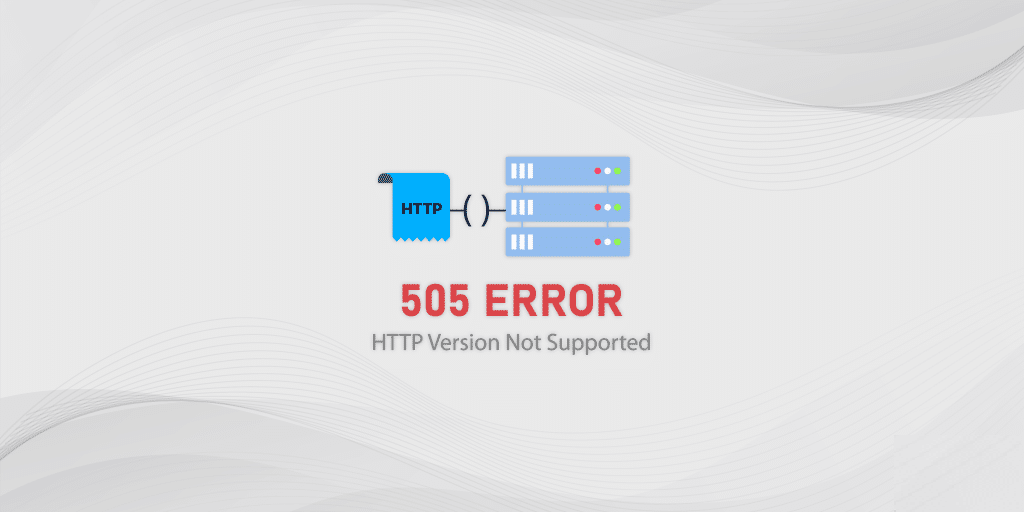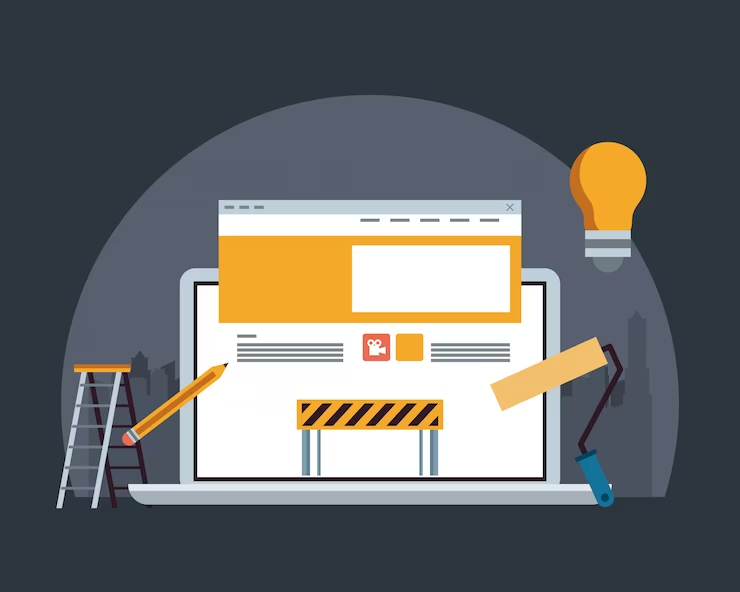In the digital realm, encountering error codes is an inevitable part of browsing the internet. One such error code that users may come across is the dreaded “505” error. When this error message pops up on your screen, it can be quite perplexing, especially for non-technical users. In this article, we will demystify the “505” error and provide insights into its causes, potential solutions, and proactive measures to prevent its occurrence.
Understanding the 505 Error
The “505” error is an HTTP status code that indicates the server does not support the HTTP protocol version requested by the client (usually your web browser). It falls under the category of server errors, with “5xx” being the designated series for such issues. Specifically, the “505 HTTP Version Not Supported” error informs you that the web server does not recognize or can’t fulfill the version of the HTTP protocol used in the request.
Causes of the 505 Error
Outdated Web Server
Firstly, the primary reason for encountering a “505” error is an outdated or improperly configured web server. Web servers, such as Apache, Nginx, and Microsoft IIS, periodically release updates to support new HTTP protocol versions and address potential vulnerabilities. If the server is not up-to-date, it may return the “505” error.
Incorrect Client Request
Secondly, the error is sometimes triggered because the client’s request contains an unsupported or unrecognized HTTP version. This can occur when an old or poorly-coded application is trying to communicate with the server using outdated protocols. In such cases, the server is unable to comprehend the request and responds with the “505” error.
Misconfigured Proxy Server
Thirdly, a proxy server is an intermediary that facilitates communication between clients and servers. If the proxy server is misconfigured and doesn’t support the requested HTTP version, it may lead to the “505” error. Double-checking the proxy server settings or consulting with the network administrator can help resolve this issue.
Network Communication Issues
In some cases, network communication problems between the client and the server can also cause the “505” error to appear. This can be due to issues such as packet loss, DNS problems, or firewall settings that block certain traffic.
Unsupported Browser Version
Finally, outdated web browsers may not support the latest HTTP protocols. If you are using an older version of a browser, it may be incompatible with the server’s requested HTTP version, leading to the “505” error.
Proactive Measures to Prevent the 505 Error
Regular Server Updates
To prevent the occurrence of the “505” error, it is crucial for website administrators and server operators to maintain their server software up-to-date. Regularly check for updates and patches provided by the server software vendors to ensure support for the latest HTTP protocol versions.
Adopting Modern Web Standards
Web developers should keep themselves updated with the latest web standards and ensure that their applications or websites adhere to them. By adopting modern web standards, developers can minimize the risk of compatibility issues, including the “505” error.
Test in Multiple Environments
Before deploying any web application or updates, thoroughly test it in different environments using various web browsers and versions. This practice helps to identify potential compatibility issues and allows developers to address them before users encounter the “505” error.
Monitor Server Logs
Regularly monitor server logs for any recurring “505” errors. This proactive approach can help identify potential issues before they become widespread and impact a larger audience.
How to Resolve the 505 Error
Update the Web Server
If you encounter a “505” error while accessing a website, the first step is to check if the server’s software is up to date. Web servers, such as Apache, Nginx, or Microsoft IIS, periodically release updates to support new HTTP protocol versions and fix bugs. Updating the server software can often resolve the issue.
Check Client Request
As a user, you can verify if the problem is caused by your browser or application. Ensure that you are using the latest version of your browser or application, as newer versions are more likely to support the latest HTTP protocols.
Review Proxy Server Settings
If your organization or network uses a proxy server, contact your network administrator to check its configuration. Incorrect proxy server settings may lead to a “505” error, and reconfiguring it correctly may solve the problem.
Verify Network Connectivity
Sometimes, network connectivity issues can interfere with proper communication between the client and the server. Check your internet connection and ensure that it is stable and working correctly.
Contact Website Administrator
If the “505” error persists even after trying the above steps, the problem might lie with the website’s server itself. In such cases, reaching out to the website administrator or technical support can help them identify and resolve the issue.
Conclusion
Encountering a “505” error while browsing the web can be frustrating, but it is essential to understand that it is merely an HTTP status code indicating a server-side problem. By understanding the causes of the “505 HTTP Version Not Supported” error and taking proactive measures to prevent it, both website administrators and users can enhance their browsing experience.
Regularly updating web servers, adopting modern web standards, testing in multiple environments, and monitoring server logs are all essential steps in avoiding the “505” error. For users, ensuring that their web browsers and applications are up-to-date can significantly reduce the likelihood of encountering this error. In cases where the error persists, contacting the website administrator or technical support is a prudent step to quickly resolve the issue and resume normal web browsing activities.
We- ONEXT DIGITAL– a software company, specializing in Web design & development. Our services epitomize the beauty of a seamless, robust, and error-free web infrastructure. With devoted experts at the helm, we conquer technical challenges, including the elusive 505 errors, guaranteeing uninterrupted performance. Contact us today for a flawless web infrastructure that elevates your business to extraordinary heights.
Read more
Error 505: The HTTP 505 HTTP Version Not Supported Error

















